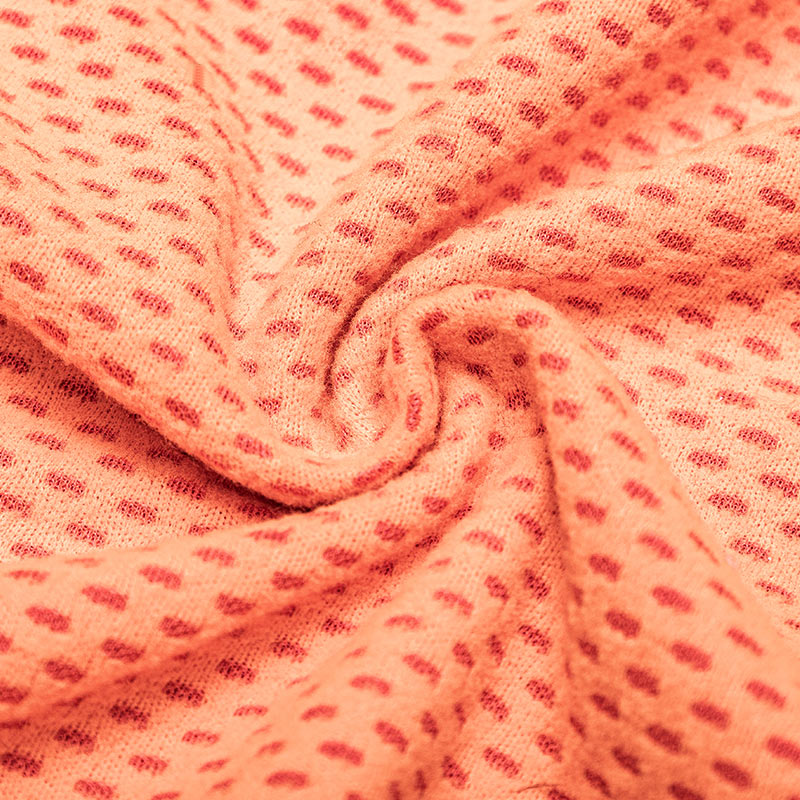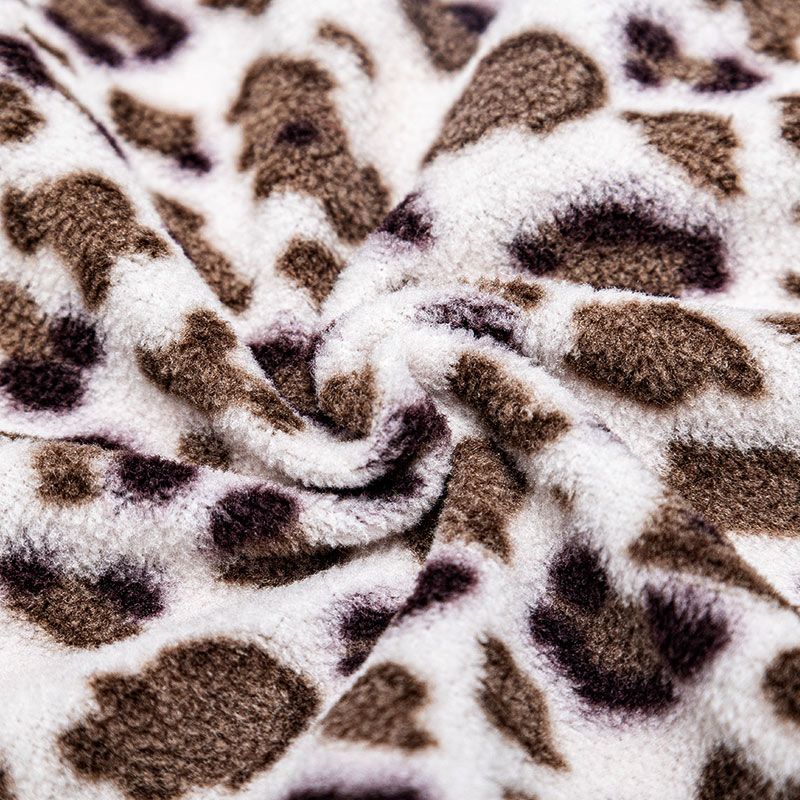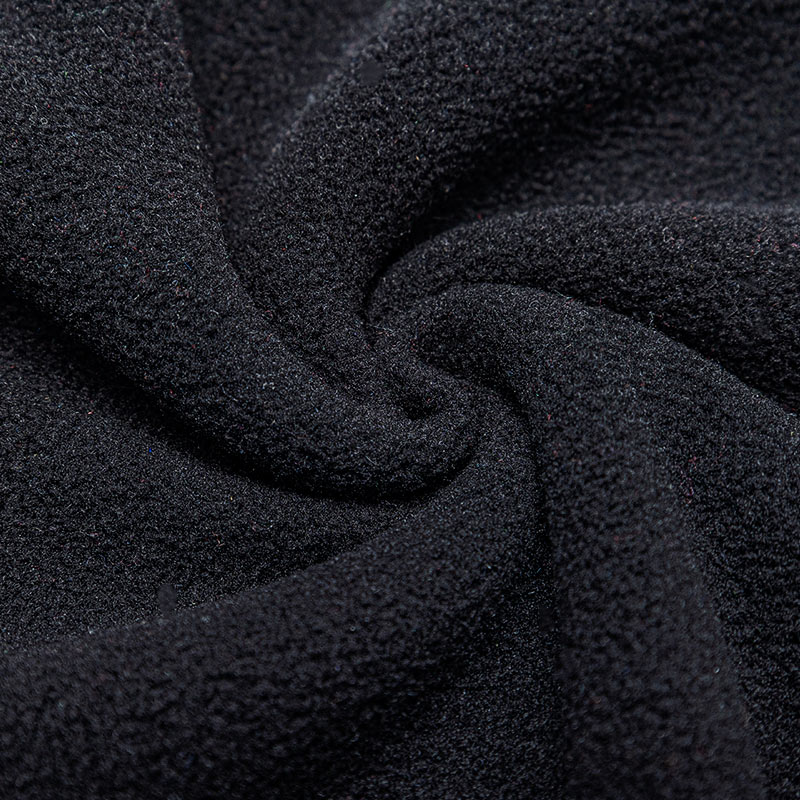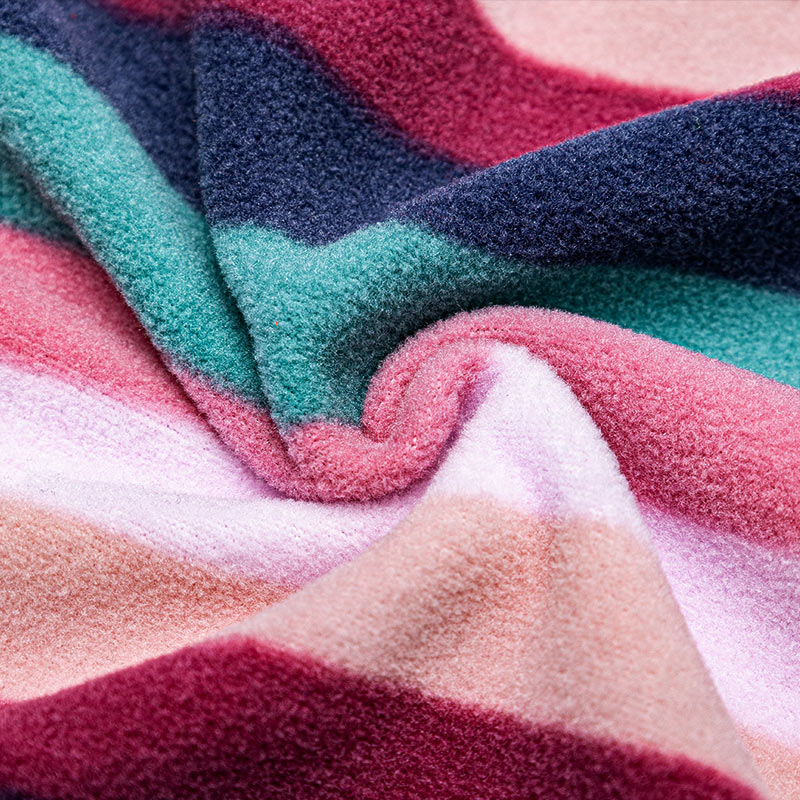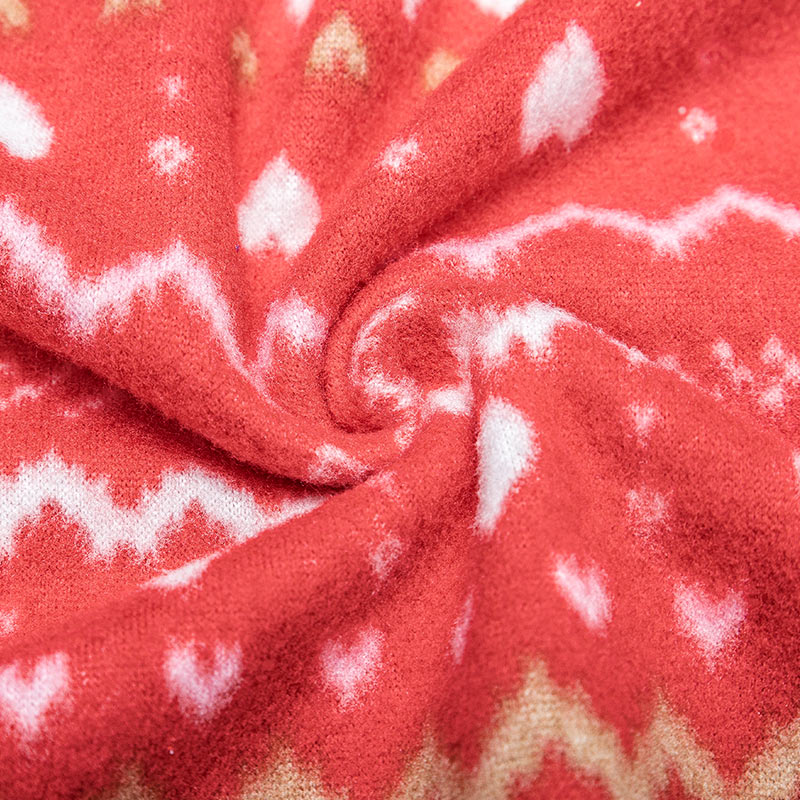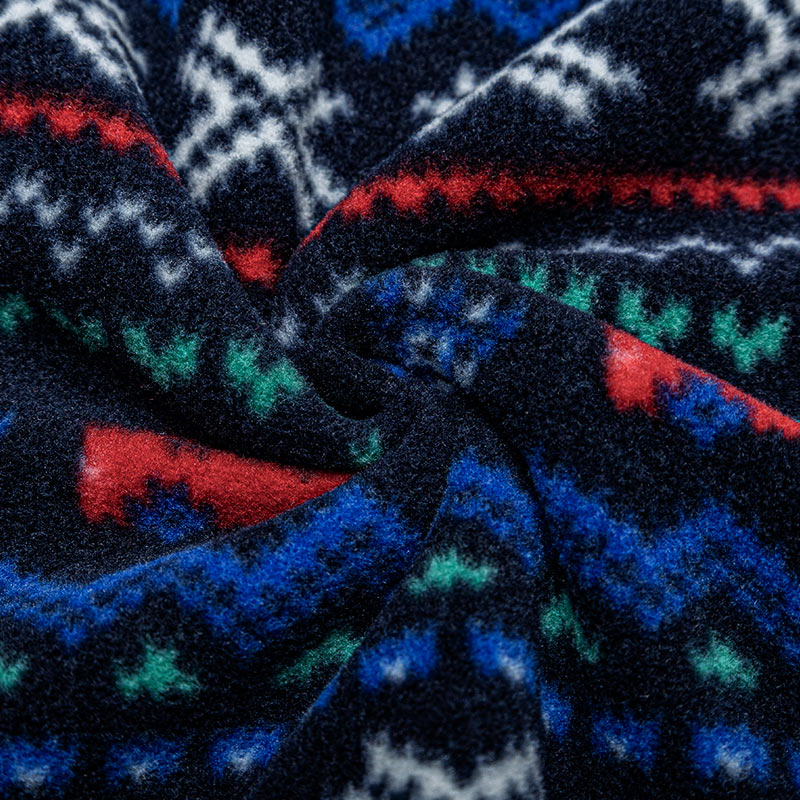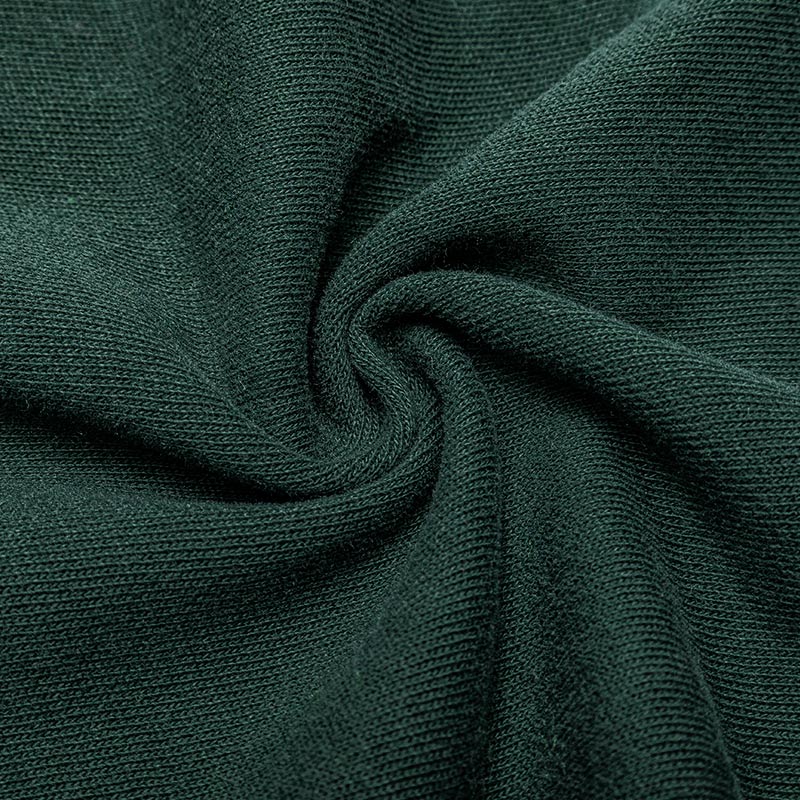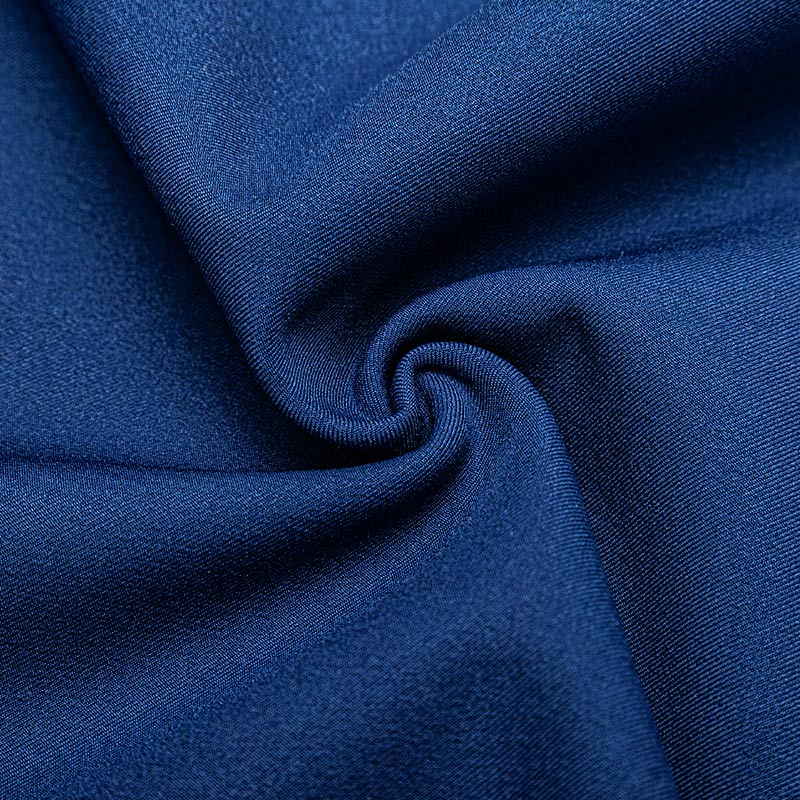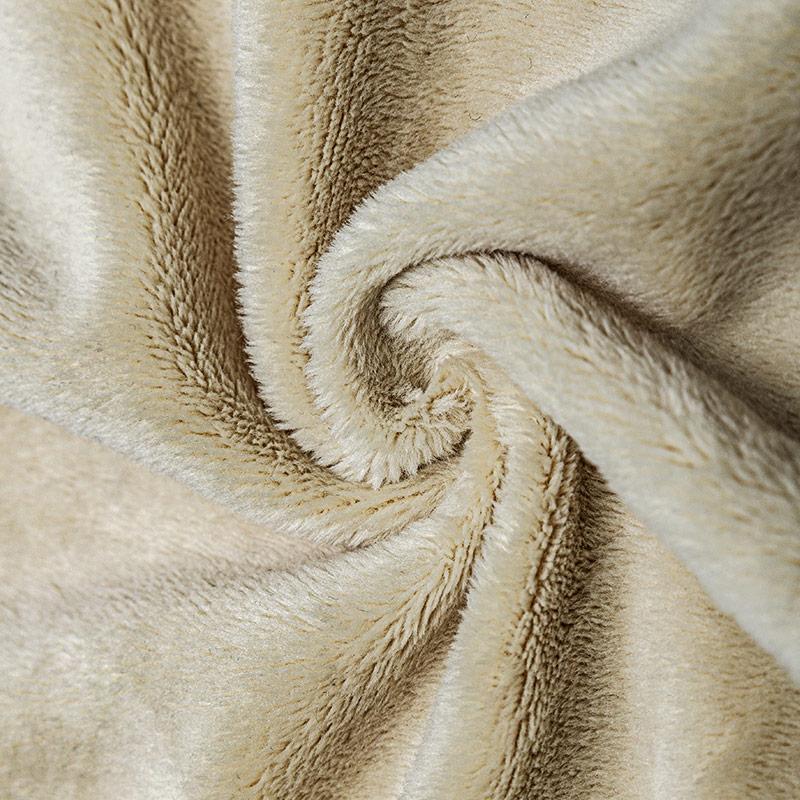Nylon/Spandex is an elastomeric fiber, meaning that it can be stretched to almost 500% of its length. It can also be stretched repeatedly without breaking and can regain its original shape and size. This is a great advantage for fabrics that have to be constantly stretched such as sportswear and underwear. It is an ideal replacement for rubber in textiles because it is lightweight, supple, and durable.
The Development of Nylon/Spandex Fabric
The invention of
nylon/spandex fabric began in the 1940s when chemists discovered that they could synthesize synthetic materials that were as strong, light, and flexible as rubber. They hoped to use the new material to replace rubber in products such as sportswear and underwear, which were a mainstay of World War II construction efforts.
Since then, the nylon/spandex fiber has become a favorite of scientists and is a widely used product. It is especially popular for use in exercise shorts because it allows the body to breathe and expand during workouts.
It is also a good choice for underwear because it can stretch without being too tight, and it is soft to the touch. It is also resistant to abrasion and the harmful effects of sweat, detergents, body oils, and lotions.
Nylon/spandex is also a good choice for apparel because it is durable and resists wear and tear. It can be machined to a very high degree of precision, which means that it will last for a long time and not rip or break easily.
The production of nylon/spandex fabric involves a number of steps. The first step is the creation of a prepolymer, which contains a macroglycol and diisocyanate monomer. Both of these substances react with each other to form a long chain polymer.
Next, a diamine is added to the prepolymer, which adds more flexibility and strength to the polymer. This reaction is called a chain extension reaction. It produces a long chain of monomers that are bonded together to form the spandex fiber backbone.

Spandex is a relatively common synthetic material that is used to make athletic wear, underwear, and casual clothing. It is a lightweight, elastomeric material that is easy to dye and is resistant to the harmful effects of perspiration.
Another benefit of spandex is that it does not lint or develop unsightly nodules when worn, like rubber can do. It is also extremely durable and can withstand repeated washings.
This is because spandex can regain its shape and size when it is not in use, and does not lose any of its softness or durability with repeated stretching. It is also abrasion-resistant and has negligible damage from needle cutting when sewn, compared with other elastic fibers.
Stabilizers are also added to prevent damage to the polymer from heat, light atmospheric contaminants, and chlorine. Antioxidants are the most commonly used stabilizers, but other types can also be used. These include compounds that inhibit fiber discoloration caused by air pollution.

